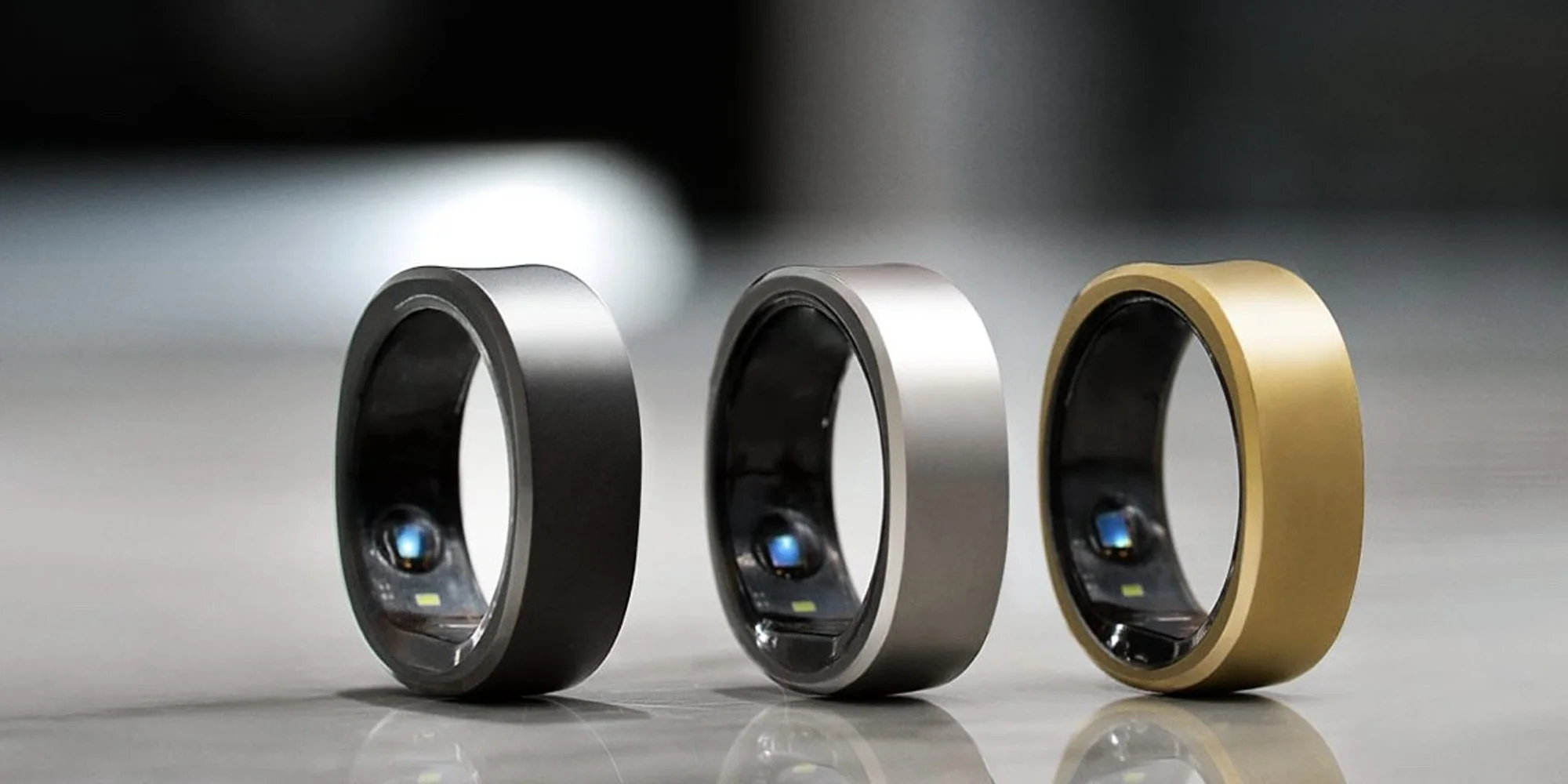
In this article
Smart Rings: The Future of Wearables?
In this article
Introduction
For over a decade now, wearable technology has advanced significantly with fitness trackers, smartwatches, and augmented reality glasses becoming extremely popular. Smart rings are poised to take wearable devices a notch higher. Though much smaller than other wearables, digital rings are increasingly changing the way people interact with technology. They offer advanced solutions for lifestyle enhancement and provide users an unobstructed way to track health metrics and access information without the need to carry bulky devices.
Digital rings come with a stylish appearance that easily makes them the preferred option for tech-savvy consumers. These aspects place wearable technology rings at the top of wearable technology market innovation according to a MarkWide Research Report. In this article, we delve deeper into what digital rings can do and the benefits they offer users.

What Are Smart Rings?
Smart rings are wearable electronic devices that are fitted with mobile components such as NFC chips and sensors. These stylish but compact wearables are worn on the finger and are capable of performing electronic tasks like receiving notifications, tracking health metrics, and making contactless financial transactions. The best smart rings feature multiple technologies including:
1. Sensors
This technology enables wearable technology rings to track varying parameters. Some of the sensors that are fitted in digital rings include optical or infrared sensors to monitor pulse or heart beat, gyroscope sensors that detect balance, 3-axis accelerometer sensors to track movement and sleep, and EDA sensors to track cognition, emotions, and feelings. Other sensors that come with smart rings for health include SpO2 which monitors oxygen levels in the blood, NTC thermistor which tracks body temperature, and glucose sensors which monitor blood sugar levels.
2. Near Field Communication (NFC)
NFC refers to wireless connections that utilize magnetic field induction to enable communication between devices that are located in close range. NFC technology works effectively with common applications in laptops, smartphones, access cards, digital wallets, transport cards, point-of-sale terminals, and many others.
3. Bluetooth
This technology syncs the data that’s collected by sensors, allowing smart ring companies to analyze and generate user-friendly reports and personalized recommendations to users.
What Do Smart Rings Do?
Digital rings are used for different applications. Health and fitness are the most common applications in the market with Apple smart rings set to lead in monitoring health metrics while Oura smart rings and Samsung smart rings are perfect for tracking daily activities and nightly rest. Other practical smart ring capabilities include:
1. Contactless Payments
Digital rings like K Ring and McLEAR are already paving the way for contactless payment systems. Rings with these capabilities allow users to tap and make transactions of amounts that don’t exceed MasterCard and Visa global contactless payment terminals. Countries such as the Netherlands, the U.K., France, Japan, Australia, and Russia already have banks that allow smart ring contactless payments for debit and credit payments via activated MasterCard and Visa payment terminals.
2. Smart Key
Digital rings that are fitted with optical sensors can replace conventional keys or access badges or cards by working as smart keys that open homes, offices, and cars. These capabilities improve security systems as taking the ring off the finger halts access and ensures that no one can access your home, office, or the car you connect to the smart ring. Tesla smart rings are great examples of the convergence between smart and digital rings. The rings allow users to lock, start, and unlock a range of Tesla models including Model Y, Model 3, and Model S 2021.
3. Transit Pass
Various NFC smart rings come with tap-to-pay card readers that passengers can use to access transit gates, allowing them to serve as tickets or travel passes in public transportation. The rings work like stored-value cards, holding monetary value and making it readily available during travel without requiring third-parties from network connections or credit/debit accounts. A good example is the K Ring that provides transit passes for most rail services in London as well as Transport for London services.
4. Device Control
Wearable digital rings allow users to control devices like smartphones remotely. Users can improve their productivity and reduce screen time by using them to receive messages, control music, get call notifications, and set alarms remotely.
What Are the Benefits of Wearing a Smart Ring?
In addition to their tracking capabilities, wearable technology rings offer users a range of benefits that include:

1. Gesture Control Capabilities
Digital rings come with tiny sensors that support gesture control. This allows users to interact with other devices, including smart home appliances by waving their hands. This feature enhances accessibility to technology and supports home automation.
2. Better Privacy and Safety
Although wearable devices function the same way, digital rings have an edge when it comes to privacy. The absence of screens means that your information remains inaccessible to those around you. Wearable technology rings also come with SOS features or panic buttons that can alert emergency services or predefined contacts when a user is in distress. In critical situations, these features can save lives.
3. Less Cumbersome
Digital rings are more comfortable to wear because of their lightweight and compact design. They provide a seamless and intuitive experience to users who prefer to use them for fitness tracking and contactless payments.
4. Longer Battery Life
Smart wearable rings have no screens. This reduces their power consumption significantly compared to other wearable devices like fitness bands and smartwatches. The majority of digital rings have a battery life of 3 to 7 days compared to fitness bands and smartwatches whose batteries last for 1 to 2 days.
5. Valuable Jewelry Pieces
Smart rings are both technology and jewelry pieces. When you get one, you wear it on your finger every day. There are varying ring styles to choose from, and you can opt for a minimalist, sleek, or more noticeable design. Whatever style you go for, the aesthetics that come with wearable rings make them valuable jewelry pieces that enhance your look.
Future Outlook
With the rising demand for discreet and convenient wearables, the future of smart rings looks promising. These innovative wearables blend fashion, technology, health, and finance. There’s no doubt that moving into the future, the powerful features they offer will inevitably shape our interaction with technology.
Tech Insights Digest
Sign up to receive our newsletter featuring the latest tech trends, in-depth articles, and exclusive insights. Stay ahead of the curve!

